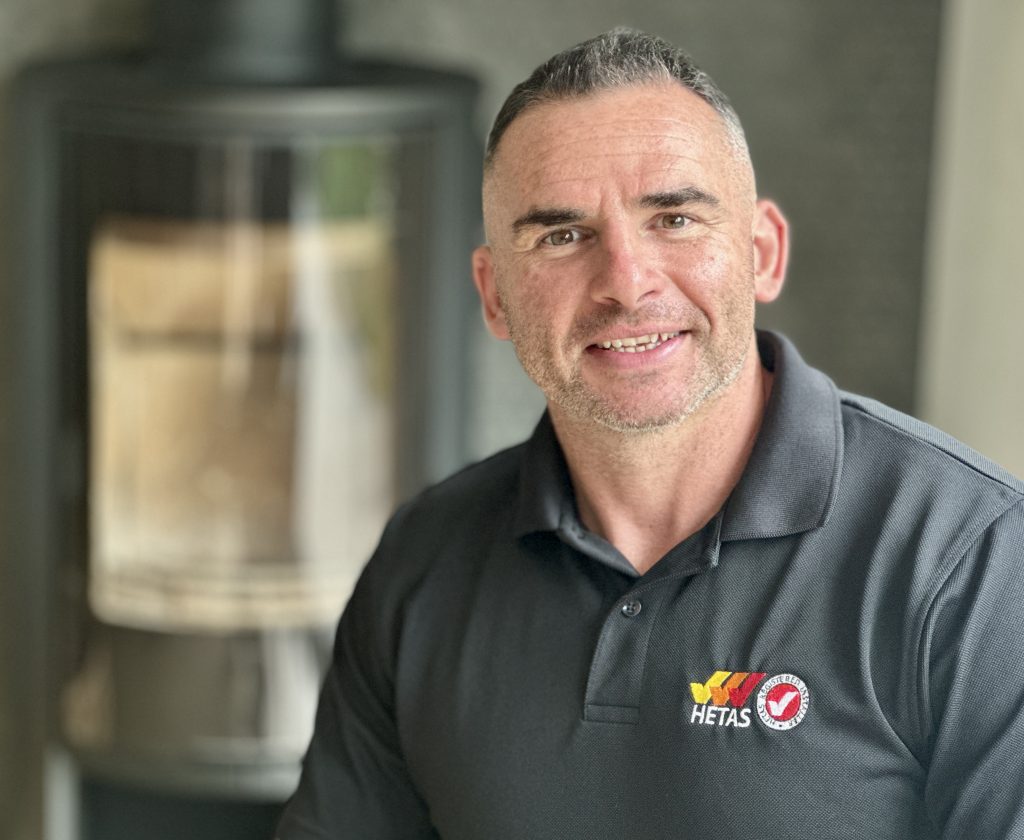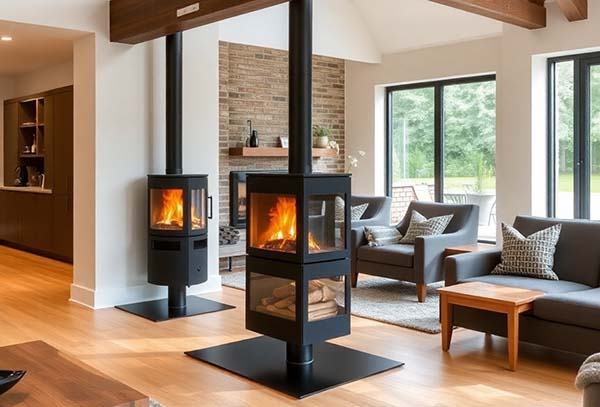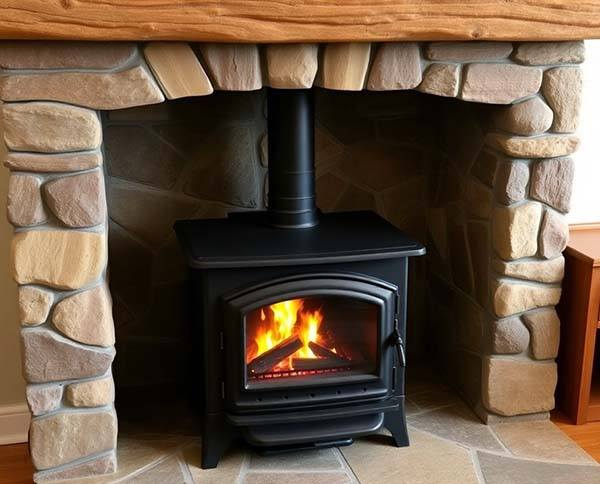The right way for a clean, easy burn.
By Wes Dodd – WD Wood Burner Installations, Poole, Bournemouth & Dorset
Lighting a log burner might seem simple, but many people struggle with smoky starts, fires that fizzle out, or glass that blackens too quickly. The truth is, how you light your fire makes all the difference – for efficiency, safety, and even fuel costs.
As a HETAS-registered wood burner installer based in Poole and serving Bournemouth, Christchurch, and Dorset, I’ve shown countless customers the best way to get their stove roaring quickly and cleanly. Here’s my step-by-step guide to lighting your fire the right way.
Why Good Fire-Lighting Matters
- Less smoke – better for the environment and your chimney.
- Cleaner glass – no more blackened stove windows.
- Hotter, longer burn – saving money on logs.
- Safer stove use – reduces creosote build-up and chimney fire risk.
Step 1: Choose the Right Wood
Always use seasoned or kiln-dried hardwood with a moisture content below 20%. Wet logs cause smoke and poor heat.
- Hardwoods like ash, oak, or beech burn hotter and longer.
- Softwoods like pine or spruce are fine for kindling, but not for main logs.
💡 Tip: A cheap moisture meter can help you check your logs before burning.
Step 2: Use the Top-Down Method
The old way of stuffing paper at the bottom and piling logs on top often leads to smoky starts. The top-down method is cleaner and more efficient.
How to do it:
- Place 2–3 larger logs at the bottom.
- Add a criss-cross layer of smaller logs above.
- Place kindling on top in a loose stack.
- Add a natural firelighter or two (avoid chemical ones that smell).
- Light the firelighters – the flames will work downwards through the stack, giving a steady, clean burn.
Step 3: Control the Air
Your stove’s air vents are crucial.
- Start with vents fully open to feed the flames.
- Once the fire is established, adjust the vents to maintain a steady flame without wasting logs.
- Avoid shutting vents too early – it starves the fire and causes soot.
Step 4: Pre-Warm the Flue (If Needed)
On cold Dorset mornings, your chimney may need warming up to create draw.
- Roll up a piece of newspaper, light it, and hold it near the flue opening for a minute.
- Once the air starts rising, light your fire as usual.
Comparison Table – Old vs Top-Down Lighting
| Factor | Old “Bottom-Up” Method | Modern “Top-Down” Method |
|---|---|---|
| Smoke at start | Lots of smoke | Minimal smoke |
| Glass blackening | More likely | Stays cleaner |
| Ease of lighting | Can fizzle out | Lights easily, steady flame |
| Efficiency | Wastes more logs | Cleaner, longer burn |
Step 5: Maintain the Fire
- Add logs gradually – don’t overload.
- Use smaller logs to increase flames, bigger logs for longer burns.
- Always leave space for air to circulate.
FAQ: How to Light a Wood Burner Fire
1. Why does my fire keep going out?
You may be using wet logs, shutting vents too early, or not building the fire with enough kindling.
2. Can I use firelighters?
Yes, but choose natural firelighters – they’re safer and smell better than chemical versions.
3. Why does my glass turn black when I light the fire?
Usually caused by damp wood or poor airflow. Switch to dry hardwood and keep vents open at the start.
4. Should I leave the door open when lighting?
No. Most modern stoves are designed to be lit with the door closed, using vents to control airflow.
5. What’s the quickest way to light my fire?
The top-down method with kiln-dried logs and kindling – it’s fast, clean, and reliable.
Final Thoughts
Lighting your stove properly is the key to enjoying it at its best. With the right wood, the top-down method, and proper airflow, you’ll have a fire that lights first time, burns hotter, and keeps your glass cleaner.
As your local expert in Poole, Bournemouth, Christchurch, and Dorset, I’m here to help with everything from installation to advice, sweeping, and servicing.
👉 Contact WD Wood Burner Installations today for expert fitting, chimney care, and helpful tips to get the most from your log burner.




